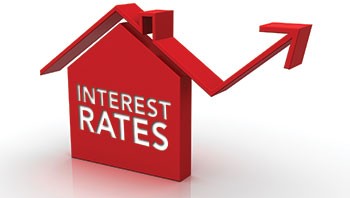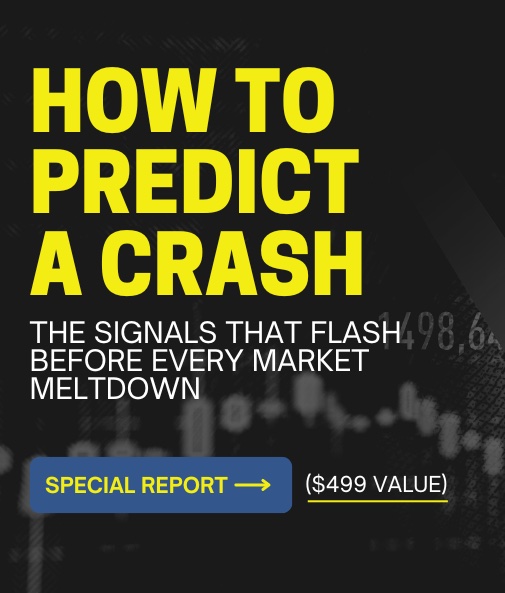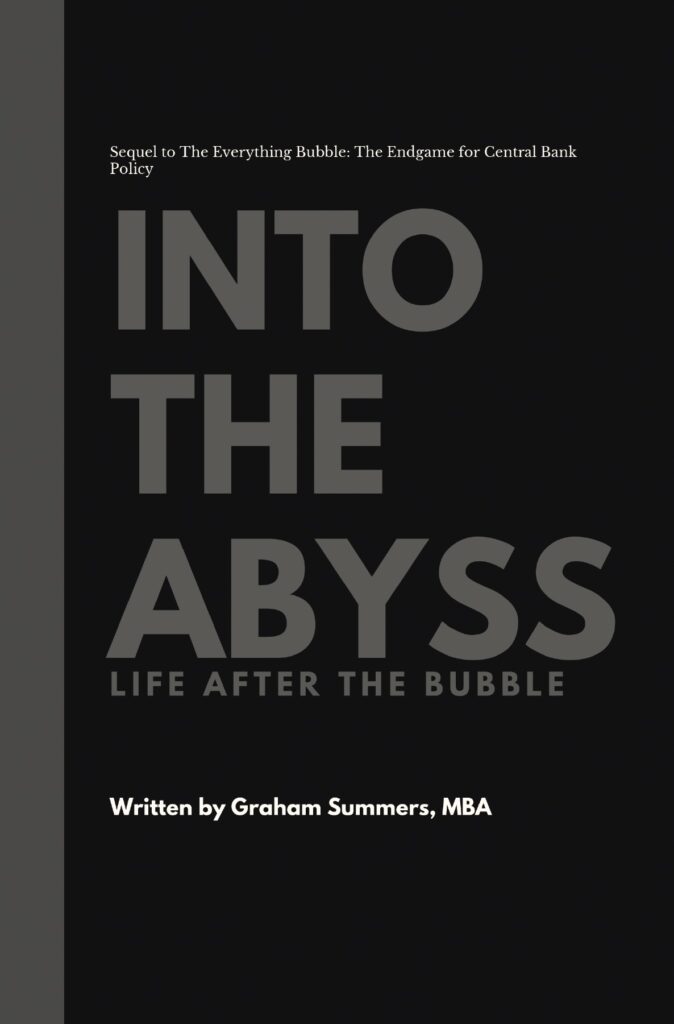Another Fed FOMC meetings has come and gone and interest rates remain at zero.
The investing world is obsessed with guessing when the Fed will raise rates and by how much. The Fed has been dangling the “rate hike” over the markets since the beginning of the year.
First we were lead to believe a rate hike was coming in April, then it was June, then September, and now it might possibly be well into 2016.
The fact of the matter is that no one knows when the Fed will raise rates nor by how much. However, one thing is clear: the Fed cannot and will not allow rates to normalize (meaning the 10-year Treasury yields 5% or more).
The reason for this is that it would implode the bond bubble.
As you know, I’ve been calling for a bond market crisis for months now. That crisis has officially begun in Greece, a situation that we addressed at length other articles.
This crisis will be spreading in the coming months. Currently it’s focused in countries that cannot print their own currencies (the PIIGS in Europe, particularly Greece).
However, China and Japan are also showing signs of trouble and ultimately the bond crisis will be coming to the US’s shores.
However, it’s critical to note that crises do not unfold all at once. The Tech Bubble, for instance, which was both obvious and isolated to a single asset class, took over two years to unfold.
As terrible as the bust was, that crisis was relatively small as far as the damage. At its peak, the market capitalization of the Tech Bubble was less than $15 trillion. Moreover, it was largely isolated to stocks and no other asset classes.
By way of contrast, the bond bubble is now well over $100 trillion in size. And if we were to include credit instruments that trade based on bonds, we’re well north of $600 trillion.
Not only is this exponentially larger than global GDP (~$80 trillion), but because of the structure of the banking system the implications of this bubble are truly systemic in nature.
Modern financial theory dictates that sovereign bonds are the most “risk free” assets in the financial system (equity, municipal bond, corporate bonds, and the like are all below sovereign bonds in terms of risk profile).
The reason for this is because it is far more likely for a company to go belly up than a country.
Because of this, the entire Western financial system has sovereign bonds (US Treasuries, German Bunds, Japanese sovereign bonds, etc.) as the senior most asset on bank balance sheets.
Because banking today operates under a fractional system, banks control the amount of currency in circulation by lending money into the economy and financial system.
These loans can be simple such as mortgages or car loans… or they can be much more complicated such as deriviative hedges (technically these would not be classified as “loans” but because they represent leverage in the system, I’m categorizing them as such).
Bonds, specifically sovereign bonds, are the assets backing all of this.
And because of the changes to leverage requierments implemented in 2004, (thanks to Wall Street lobbying the SEC), every $1 million in sovereign bonds in the system is likely backstopping well over $20 (and possibly even $50) million in derivatives or off balance sheet structured investment vehicles.
Globally, the sovereign bond market is $58 trillion in size.
The investment grade sovereign bond market (meaning sovereign bonds for countries with credit ratings above BBB) is around $53 trillion. And if you’re talking about countries with credit ratings of A or higher, it’s only $43 trillion.
This is the ultimate backstop for over $700 trillion in derivatives. And a whopping $555 trillion of that trades based on interest rates (bond yields).
With that in mind, the bond bubble has already begun to burst. The fuse was lit by Greece, but it is already spreading. The Federal Reserve is well aware of this situation, which is why it continues to hem and haw about raising rates, despite the fact that we are now six years into the “recovery.”
True, the Fed could raise rates this year, but the fact that it is so concerned about how the markes will react to a measly 0.1% rate hike after SIX YEARS of ZIRP only confirms the scope of the bond bubble.
Moreover, any rate hike that the Fed initiates would likely be largely symbolic as the US is already teetering on the verge of recession (if not already in one). The Fed could raise rates to 0.35% this year, but doing so would only accelerate the US’s economic contraction and trigger a flight of capital into quality sovereign bonds (pushing yields even lower).
In this regard the Fed is truly cornered. If it fails to hike rates it will have no ammo for when the next crisis hits the US. But it if hikes rates now while the economy is so weak (more on this in a moment), it’s likely to kick off or deepen a recession.
A second, larger than 2008, Crisis is approaching. Smart investors are preparing in advance.
If you’ve yet to take action to prepare for this, we offer a FREE investment report called the Financial Crisis “Round Two” Survival Guide that outlines simple, easy to follow strategies you can use to not only protect your portfolio from it, but actually produce profits.
We made 1,000 copies available for FREE the general public.
As we write this, there are less than 10 left.
To pick up yours…
Best Regards
Graham Summers
Chief Market Strategist
Phoenix Capital Research
Our FREE daily e-letter: http://gainspainscapital.com/





